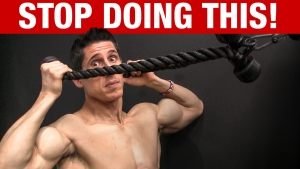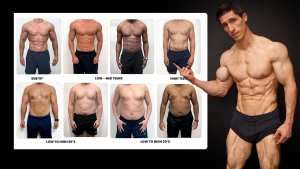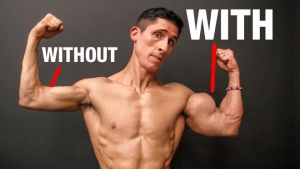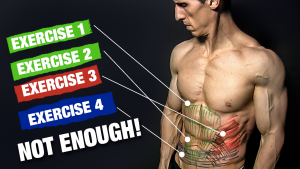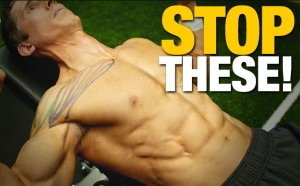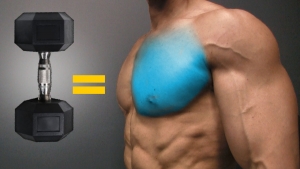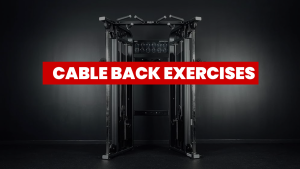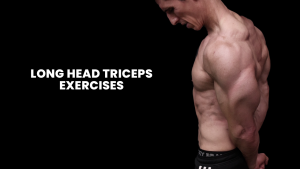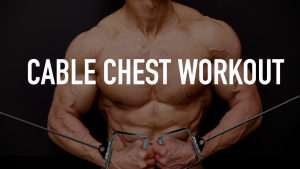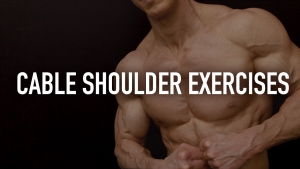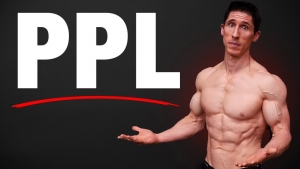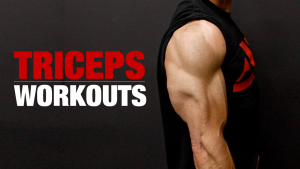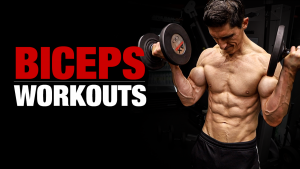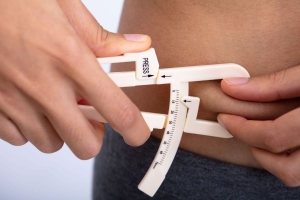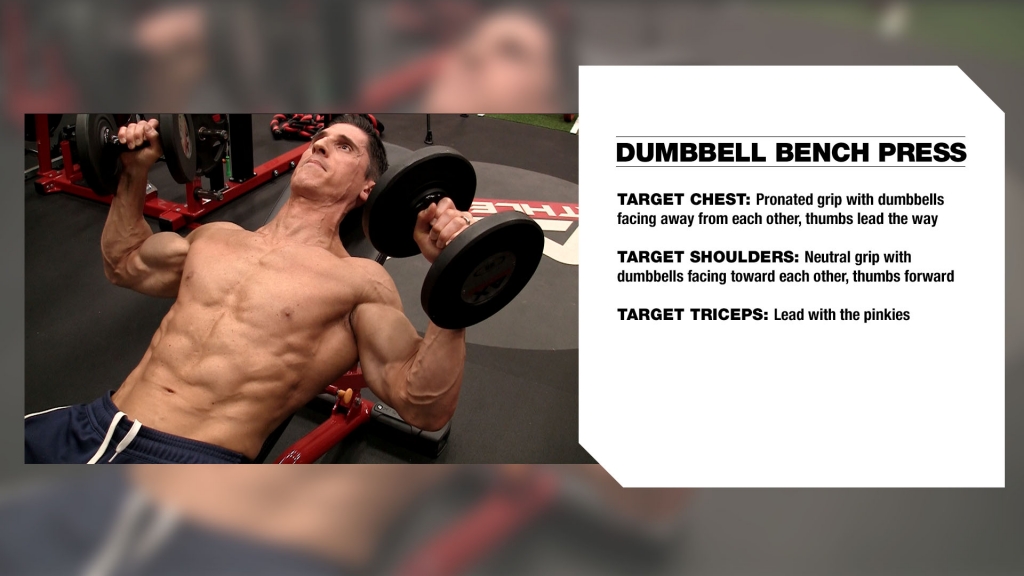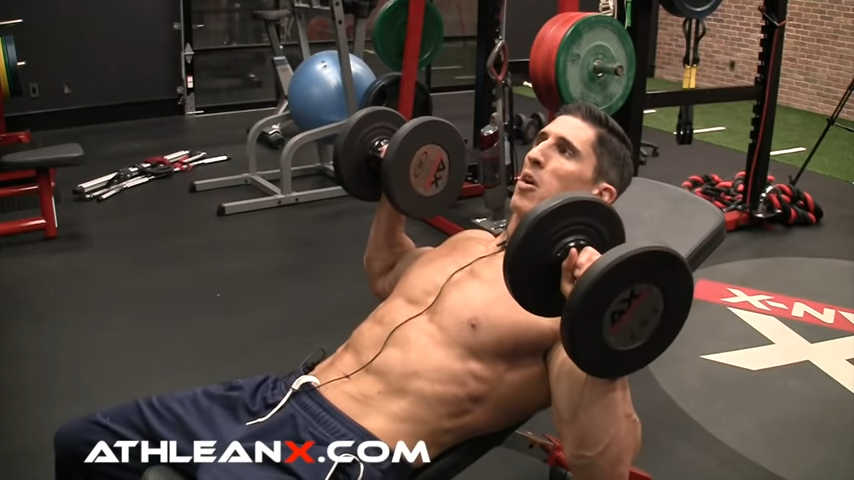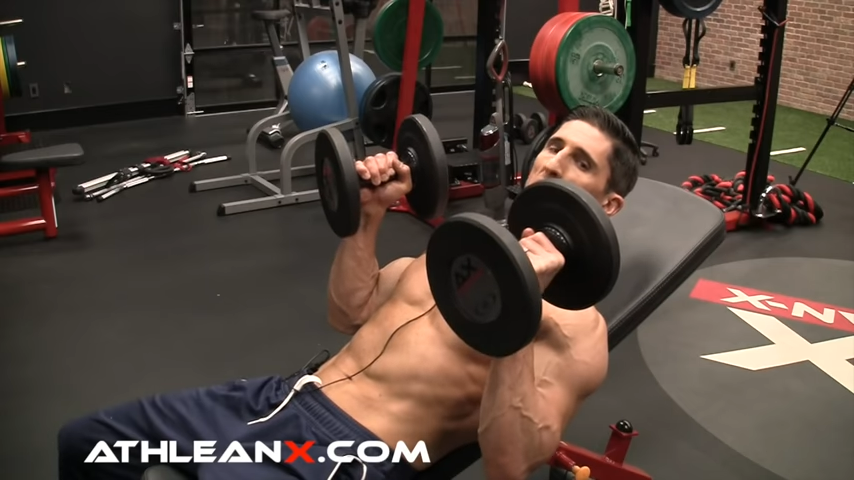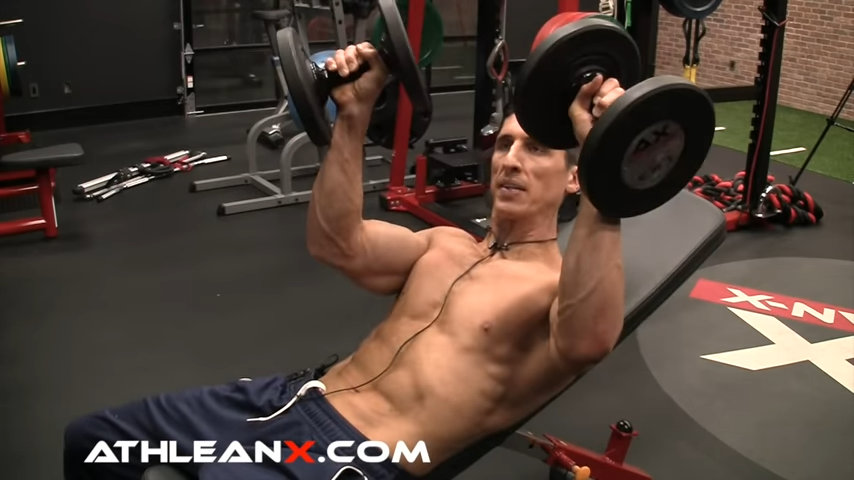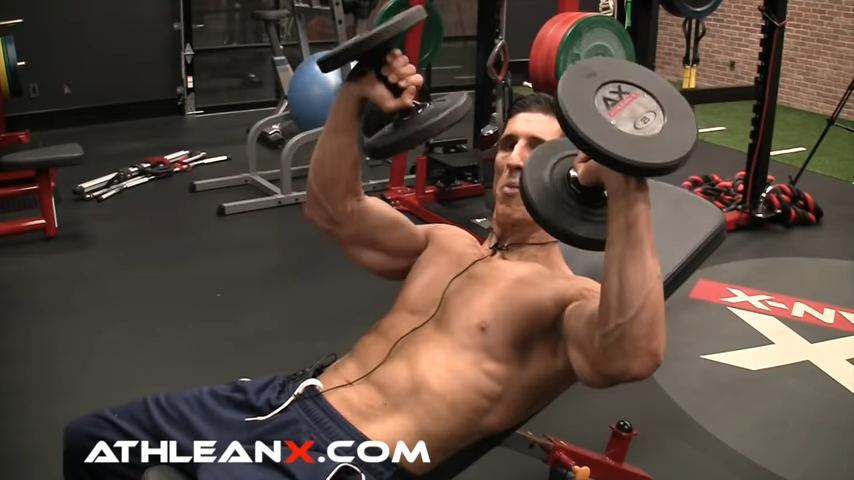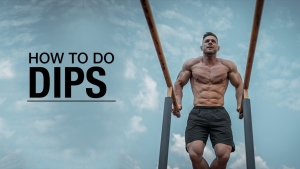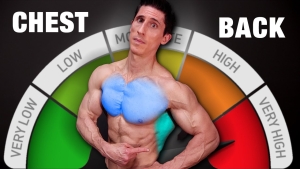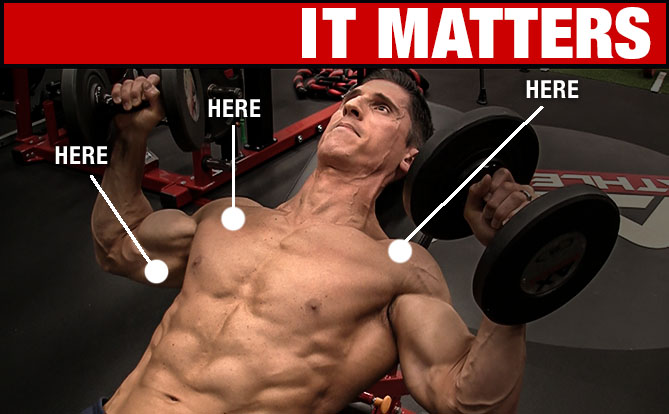
DUMBBELL BENCH PRESS TIPS
If you’re not feeling an exercise where you should, it may be that you’re not doing it correctly.
Like I often say, it’s not what you do, but it’s how you do it that matters the most.
Take the dumbbell bench press for instance. It’s a classic “push” exercise that’s one of the best chest exercises you can include in your workout routine, because it hits pectoral muscles, shoulders, and triceps.
But how you push the weights up over your chest really determines which of these muscles get the attention.
This is why dumbbell bench presses are superior to the standard barbell bench press: they allow you to tweak your form to get the most out of the lift and hit the correct muscles. I’ll show you how to do that by simply adjusting the way the pair of dumbbells held and how you press. These techniques combined with a strong mind to muscle connection will help you target the muscle you’re looking to hit.
I’ll be using an incline bench to demonstrate with the incline dumbbell bench press, although the same thing would apply if you were doing a flat dumbbell bench press on a flat weight bench.
CHANGE GRIP AND PUSH TO TARGET SPECIFIC MUSCLES
With the dumbbell bench press, changing your grip and the angle of your wrists gives you multiple options.
By simply adjusting the way that you hold the dumbbells and how you move your hands through space as you bench press, you can greatly impact the muscle group that takes on the brunt of the work.
First, let me show you the different grip and angle options for this exercise and then I’ll demonstrate which are best for hitting specific primary muscles.
Here are two options for how you hold the weights:
- Turn the dumbbells forward so your palms face away from you.
- Turn the dumbbells so your palms face one another.
Notice how the direction you turn the hands and the grip angle influences the position of the arms and shoulders.
Holding the weights facing forward using a pronated grip positions the elbows and arms out to the side, which moves the insertion of the pectoral muscle into an optimum position to work the pecs.
Holding the weights facing each other, using a neutral grip, brings the elbows and arms in closer to the chest and engages the anterior delts more.
You can also change the positions of the wrists and hands as you bench press. How you position your hands, and how you angle the dumbbells shifts focus between chest, triceps, and shoulders.
You can:
- Lead with the thumbs as you press, tilting the dumbbells up on the inside.
- Lead with the pinkies as you press, moving the dumbbells from the outside.
Leading with the thumbs means that your thumbs are closer to the ceiling throughout the entire range of motion.
And of course, leading with the pinkies means the outsides of the hands are closer to the ceiling through the entire ROM.
These options alone shift where we feel the exercise. If we’re trying to do this for chest muscle growth – which 95% of us are trying to do with the dumbbell style of bench press – then we’d better know the best technique for hitting the chest.
TARGET YOUR CHEST WITH DUMBBELL BENCH PRESS
If you want to use the Dumbbell Bench Press for the chest, start with the dumbbells facing away from you.
Starting position is sitting on an adjustable weight bench set to an incline, with your feet flat on the floor and shoulder blades tucked in behind you and just a slight arch (not a huge arch) in your back. Be sure to use your core stability throughout the movement.
Lead with the thumbs all the way up from floor to ceiling, gradually tilting the inner half of those dumbbells toward each other until the thumbs are almost touching.
The thumbs lead the way both up and down. Pinkies are down at the bottom.
Leading with the thumbs as you press through the extended range of motion can help ensure you’re targeting the chest muscles.

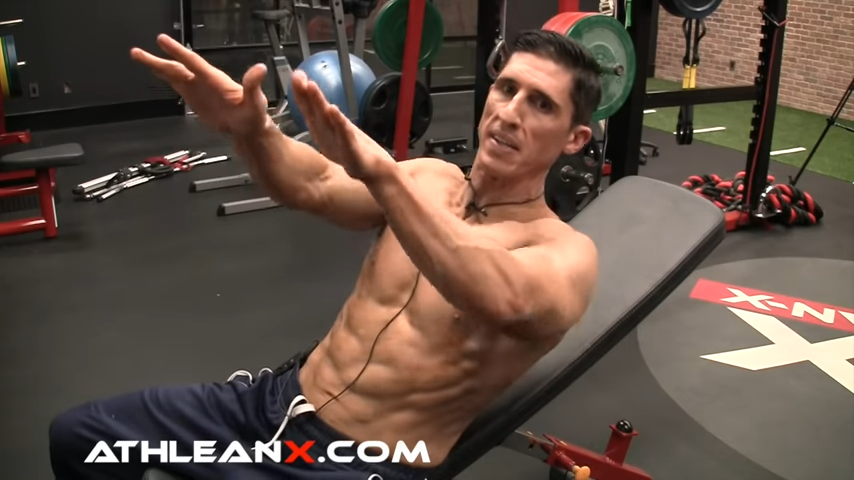
WHY THIS WORKS
This works because the hands and wrists are connected to the rest of our arm, and by changing their position we get a different response from the upper arm.
By having your thumbs ride upwards as you press the dumbbells up you bring the biceps closer to each other during the ascent and increase horizontal adduction at the shoulder joint, which is a key component of chest activation.
If you try the exercise and you’re saying, “I always feel my front delts get fried first,” you’re feeling it too much in your shoulders. If that’s the case, you’re probably doing a neutral grip bench press (dumbbells facing each other).
To keep the shoulders from doing most of the work during a standard bench press you will definitely want to avoid the neutral grip position and alternative wrist positions during the press. This is one of the most common bench press mistakes that I see people making in the gym. If the anterior deltoid is your target muscle for your bench press, try my suggestion below.
TARGET YOUR ANTERIOR DELTS WITH DUMBBELL BENCH PRESS
Now, if you want to target your shoulders, do the same exact movement with your thumbs but with a neutral grip (palms facing each other), to activate your front deltoid muscle substantially more.
Cast your thumbs forward to get a little extra cheat to target your anterior delts.
Note that this is almost doing a front shoulder raise. If I hold the dumbbell in front of me and lift up, I’m leading with the thumb through the full range of motion, just like I’d be doing with a thumbs-forward dumbbell bench position.
Forcing your thumbs forward as you press when using a neutral grip through the deeper range of motion will targets the anterior delts.

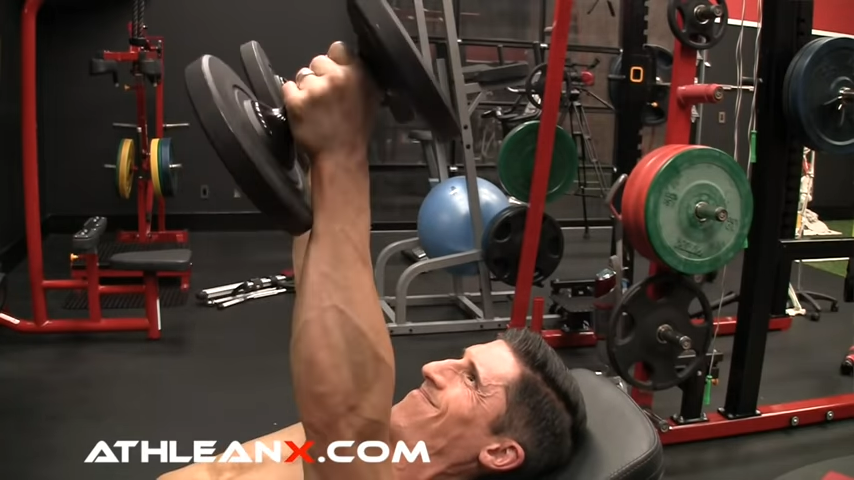
TARGET YOUR TRICEPS WITH DUMBBELL BENCH PRESS
You can influence the triceps as a major muscle by leading with the pinkies on the way up instead of the thumbs.
You’ll want to elevate the outer half of the dumbbell to create a tighter press angle and get more elbow flexion and extension. This will take a lot of the strain off of the shoulder and shoulder joint and instead let the triceps help out the chest to perform the movement.

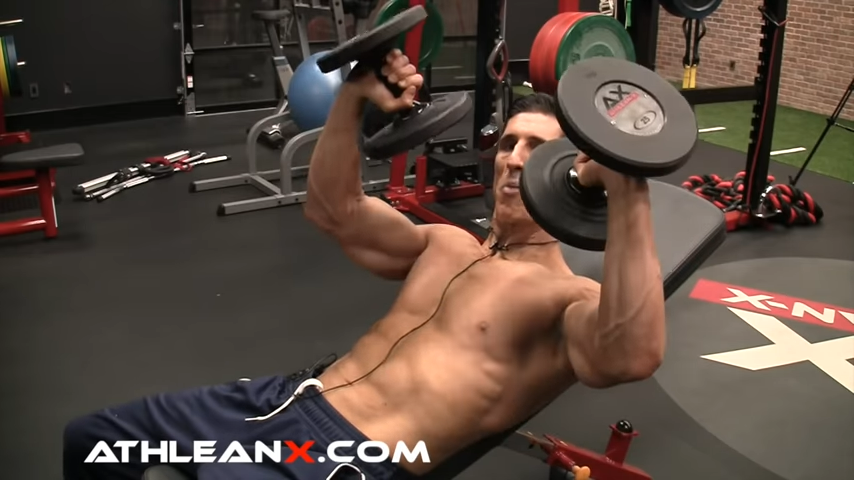
This version is especially helpful if you have shoulder pain during a regular dumbbell bench press and you don’t want to give up dumbbell bench pressing entirely because of shoulder issues.
Relying on the front delt and the pec muscle fibers together to do all the work can shut down the triceps. If you do it this way, and press a little more with the pinkies up, you’ll find that the triceps will do more of the work and alleviate a lot of that shoulder discomfort.
This fine-tuning just isn’t something you can accomplish with barbell benches. That’s why I prefer the Dumbbell Bench Press, and you can even make it the main player in your bench press program.
As you can see, changing small details in your bench press cues changes which muscles you’re able to target.
It’s yet another example of how everything matters when you’re in the gym. Putting the science back in what you do is ultimately going to determine the results that you get.
If you’re looking for a training plan that applies science to the gym, check out the ATHLEAN-X program that best suits your fitness goals. I’ll give you the best training techniques to build strength and mountains of muscle from head to toe.

- The Dumbbell Bench Press is a classic exercise most people select to develop chest muscle mass, but how you hold and move the dumbbells impacts whether the chest, shoulders or triceps actually get the focus.
- You can change your bench press form to intentionally target these muscles, depending on your training goals.
- Lead with the thumbs through the entire range of movement as you press to focus on chest muscle development.
- A neutral grip and leading with the thumbs targets anterior delts.
- Lead with the pinkies as you press to target the triceps. This form also helps alleviate shoulder pain.
DUMBBELL BENCH PRESS FAQS
The DB bench press is good for building unilateral strength in your chest, triceps or anterior delts. How you hold the pair of dumbbells can influence which of these muscles you hit with those heavy loads. If your functional goals include increasing muscle mass, you can build massive muscles over time by using progressive overload - lifting heavier loads over time to achieve muscle hypertrophy gains. If your ultimate goal is max strength development, dumbbells are a great place to start because increasing your weight over time will also help with strength gain. Be sure to use your core muscles with heavier loads to give you sufficient stability on the bench. Be sure to use proper form when performing the bench press for the sake of shoulder safety for the delicate ball-and-socket shoulder joint.
The DB bench press can be a good exercise to build strength in your chest, triceps or anterior delts. If you're looking to build upper body strength and muscle mass, you can actually change your bench press form - the way you hold the pair of dumbbells - to influence which of the muscles you hit. This applies to the flat bench press as well as the incline bench press. This makes the DB bench press the best of the barbell bench press alternatives, because it is more versatile. Since the DB bench press can help you build unilateral strength in ways that the barbell bench press can't, you should definitely include the DB version in your bench press plan. Whichever muscle you're targeting, increase your bench press weight over time to build larger amounts of muscle and greater absolute strength. Be sure to use proper form whether you're doing the DB or the barbell bench press to avoid shoulder joint issues and shoulder injuries.
REFERENCES
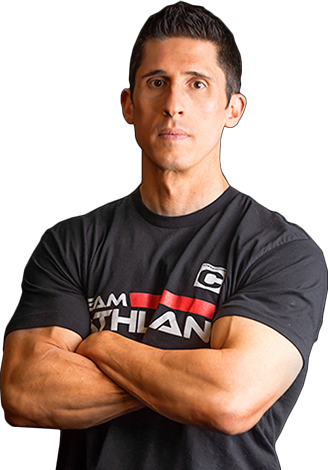
Jeff Cavaliere M.S.P.T, CSCS
Jeff Cavaliere is a Physical Therapist, Strength Coach and creator of the ATHLEAN-X Training Programs and ATHLEAN-Rx Supplements. He has a Masters in Physical Therapy (MSPT) and has worked as Head Physical Therapist for the New York Mets, as well as training many elite professional athletes in Major League Baseball, NFL, MMA and professional wrestling. His programs produce “next level” achievements in muscle size, strength and performance for professional athletes and anyone looking to build a muscular athletic physique.
